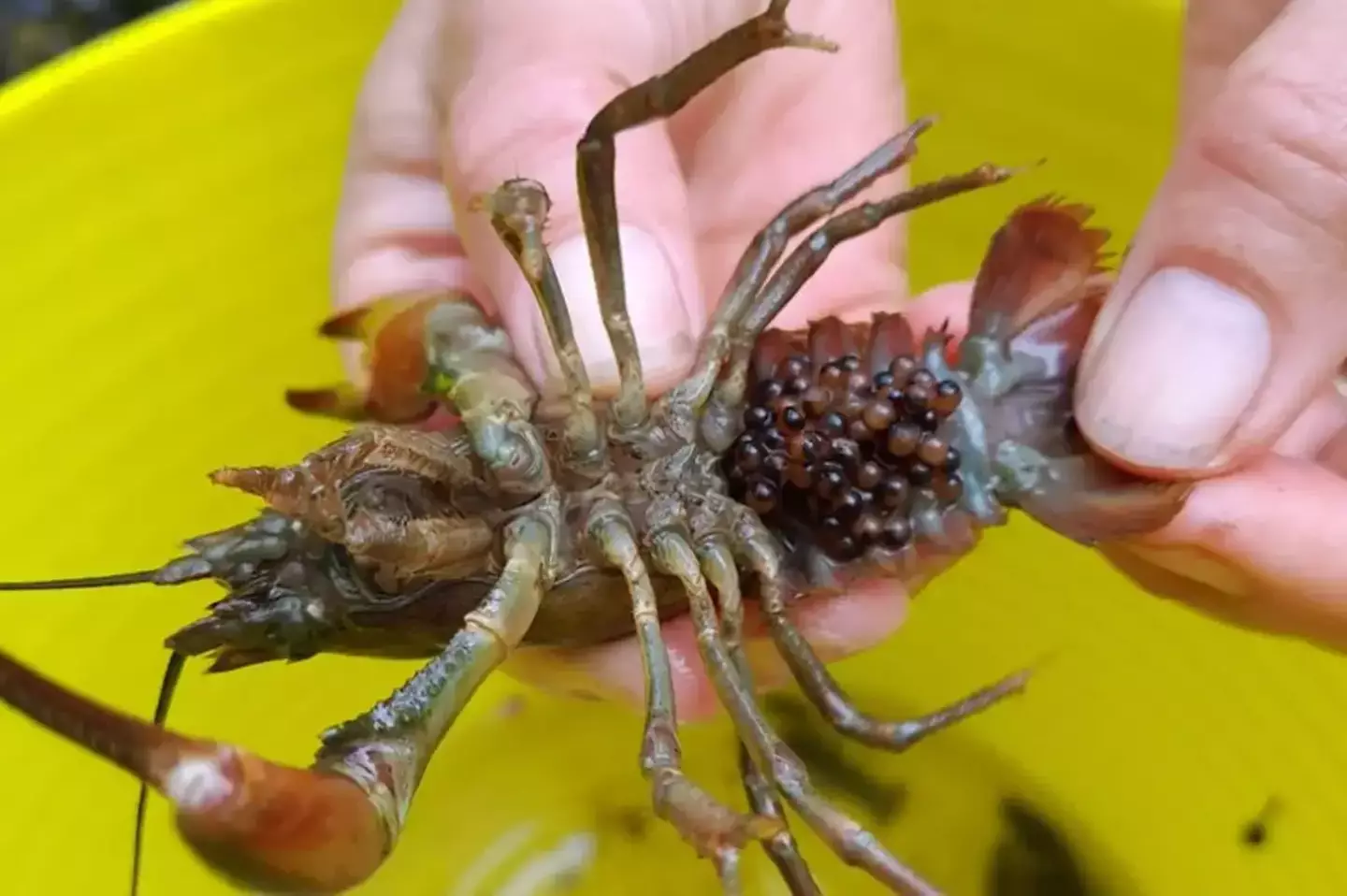“Deadly River Monster: Why Experts Urge Brits to Stab It in the Brain on Sight!”
Imagine a world overrun by the living dead—chaos, terror, and hordes of zombies! Now, while that nightmare might not be a reality just yet, there’s a rather annoying little creature lurking in UK waters that you’d definitely want to put on your hit list. No, not your typical monster; I’m talking about the American signal crayfish. This invader, snatched from its home waters in the States and plopped into our rivers decades ago, has turned into a right ecological menace. While they might look small and harmless, don’t let that cute appearance fool you! Picture yourself squaring off against one of these feisty little devils while also saving your environment—talk about multitasking! Dive into this article to find out how to identify this pesky pest and the surprising ways you can help mitigate its impact on local biodiversity…oh, and while you’re learning, let’s hope there’s no zombie apocalypse in sight! LEARN MORE.
While the prospect of a zombie apocalypse seems mercifully far away, there is one creature plaguing the UK where you’re encouraged to kill on sight by destroying their brain.
Frankly, given their size you could definitely take one in a fight and protect your local environment from ecological disaster at the same time.
This little river creature is the American signal crayfish, brought over to Blighty in fish farms decades ago before they escaped and started becoming a blight themselves.
These little f**kers are an invasive species which carry a deadly crayfish plague that infects and kills local species, while the American kind also preys on the smaller local varieties as well as outcompeting them for food and destroying their habitats.
They can also burrow into riverbanks which ultimately weakens the river itself and makes the local area more hazardous for flooding.
In short, they’re absolute dicks.

You’re allowed to kill these if you see them (NWWT)
Fortunately there is something you can do about this, which is kill them on sight once you’re sure they’re the American signal crayfish and not the friendly white-claw crayfish, which is a local crustacean for local people.
When it comes to the white-claw crayfish, scientists previously predicted that about 90 percent of the species has gone.
While it might seem harsh, it’s apparently illegal to leave the American signal crayfish alive if you spot it. However, it’s vital you check it isn’t the endangered white-claw variety first before you start bludgeoning it to death.
Helen Carter-Emsell, a crayfish expert, previously told North Wales Live: “We realise not everyone will have a knife with them. The alternative is to squash them under a rock, though we recognise some people might find this unpleasant.”
The main way to differentiate the two is by the colour of their claws. Signal claws are red underneath with a white or blue blotch, whereas true to its name, white-claw crayfish claws are a lot paler.
To help stop contamination into other waters, Helen also advises that people should wash their shoes, dry their dogs, and clean their boats and fishing tackle before heading home. Signal crayfish can grow up to 12 inches long and females can carry up to 250 eggs.

The crays… They’re an invasive species (Getty Images Stock)
According to the Mirror, the species was introduced to the UK from the US in the late 70s when crayfish plague had almost wiped out white-claw crayfish populations.
The plague doesn’t affect signals (although they can still be carriers of the disease) but it is deadly to white-claws.
But it’s not just the disease which is giving them their parasitic reputation. Signals also feast on fish eggs, burrow into river banks – often causing them to collapse – and even dine on white-claws.
In an attempt to stop them spreading, Carter-Emsell – who is Wellbeing Officer for the North Wales Resilient Ecosystems pilot project – asks that people don’t develop a taste for them too.
“We’d also encourage people not to develop a taste for crayfish and start creating their own food supplies in rivers, as this risks spreading signal crayfish to new areas,” she added.
Additional words by Jess Battison.













